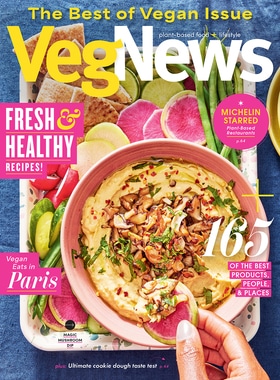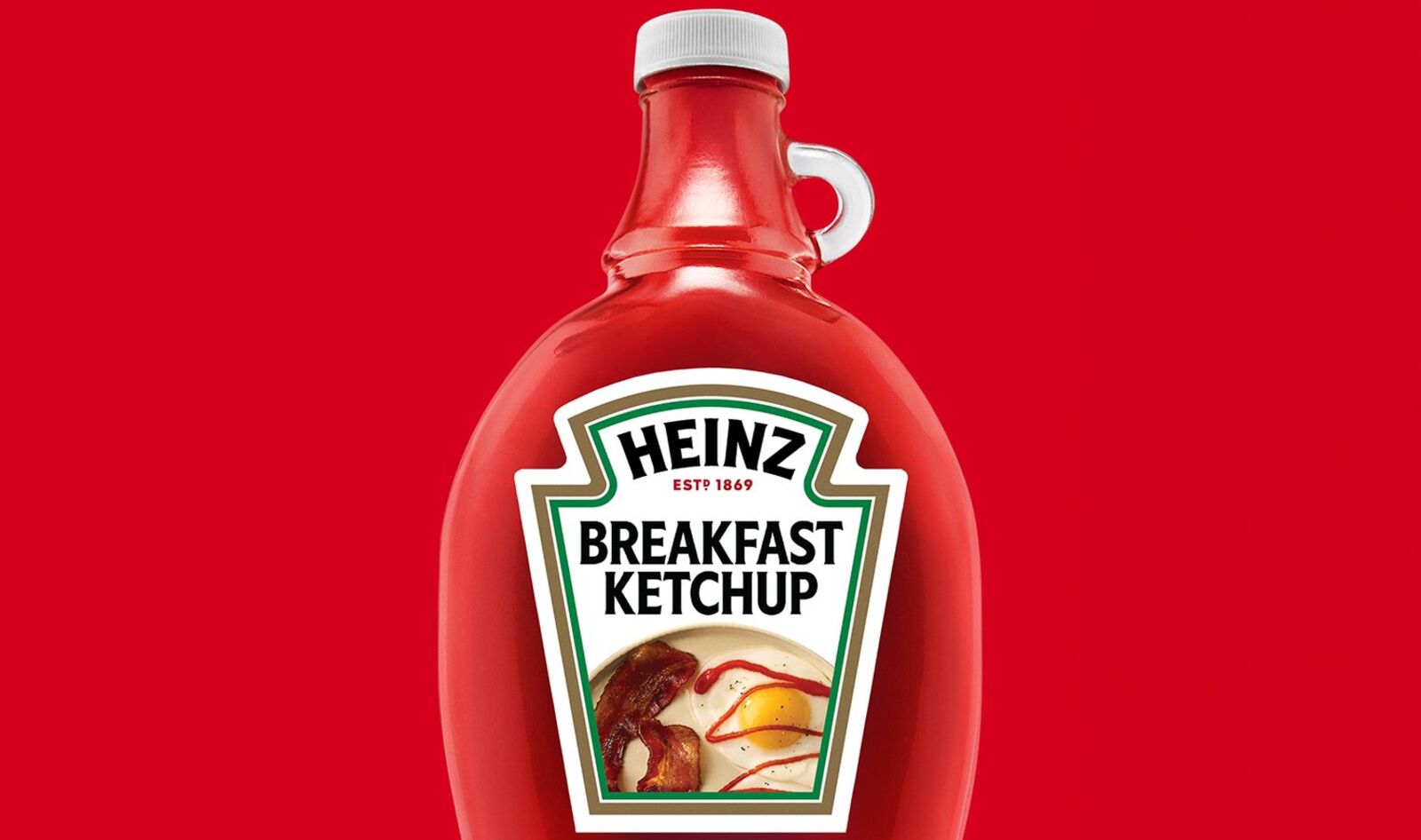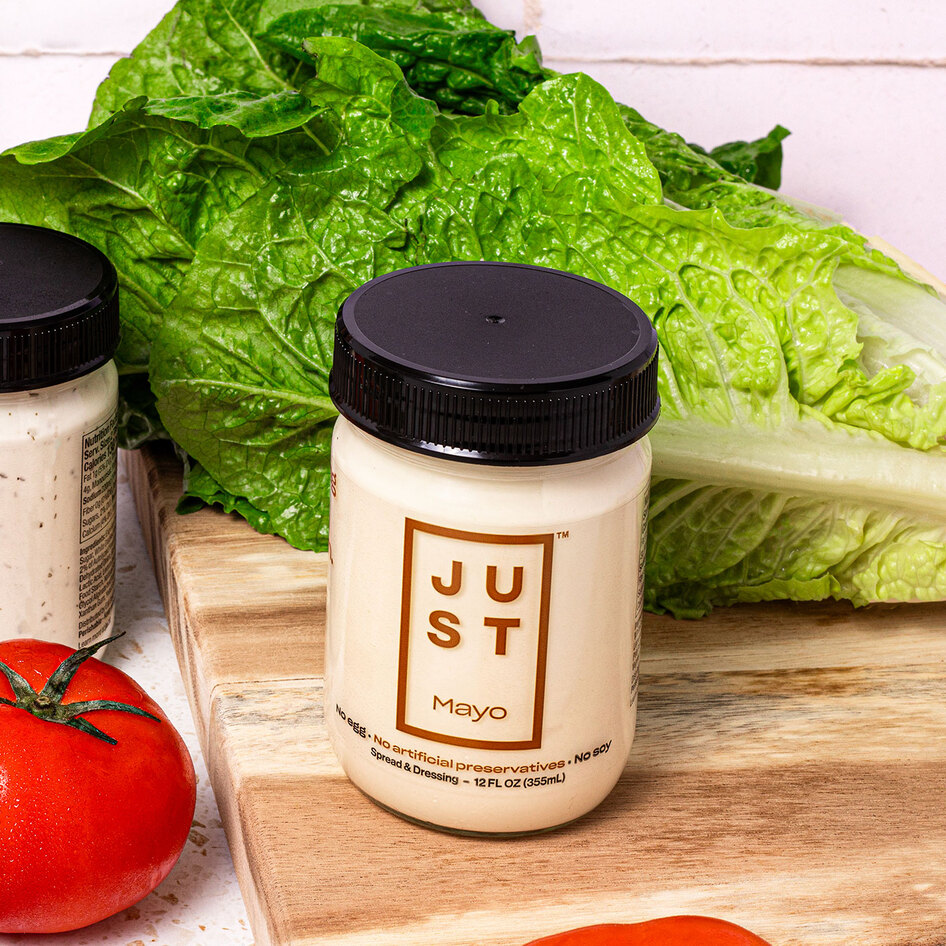The bottle hasn’t changed much in over a century. The taste? Still classic. But Heinz is suddenly doing something it hasn’t done in 150 years: giving ketchup a new identity—three of them, in fact. From a breakfast-branded rollout in American diners to a no-sugar, no-salt reformulation across the UK and a sweeping ingredient purge planned by 2027, the company isn’t just playing with its label. It’s rewriting the rules of how legacy condiments meet modern life.
With its new Breakfast Ketchup, Heinz says it’s meeting consumers where they often eat the condiment; one in four people already reach for ketchup as part of their morning meal. Jamie Mack, associate brand communications director at Heinz, put it simply: “Go to any diner or breakfast spot in America, and you’ll almost certainly find a bottle of ketchup on the table.”
 Unsplash
Unsplash
Mack adds: “The question of whether ketchup belongs on breakfast foods is highly debated. Now, we’re taking a stand to show the world that Heinz ketchup is the perfect breakfast accoutrement.”
Those diner habits are now front and center. Heinz’s Breakfast Ketchup is the same formula the world knows, but it’s dressed for morning. The classic plastic bottle now dons a breakfast-forward label, and in select locations, the brand is rolling out maple syrup-style glass bottles—complete with tiny nostalgic handles—that pay homage to early American breakfast tableware. These will land in roughly 100 Waffle House locations and 50 independent diners across Los Angeles, Dallas, New York, Chicago, and Florida.
The move is cheeky, but strategic. It frames ketchup not just as a condiment, but as a lifestyle cue. More than a brand play, it signals a subtle cultural shift: breakfast is no longer sacred, and ketchup isn’t just for burgers and fries. It’s whatever you want it to be.
A health-conscious pivot that doesn’t skimp on flavor
While Americans debate eggs and ketchup, Heinz is also courting a different demographic across the Atlantic: those who want fewer additives and more whole-food flavor. The brand recently unveiled Tomato Ketchup Zero in the UK—a version with no added sugar, no added salt, and 35 percent more tomatoes than its classic recipe.
The product was developed in direct response to consumer demand. According to the company, 50,000 UK shoppers identified healthier options with less sugar and salt as a top food priority. Taste tests showed nine out of 10 people believed the new recipe “delivers on the iconic quality they expect.”
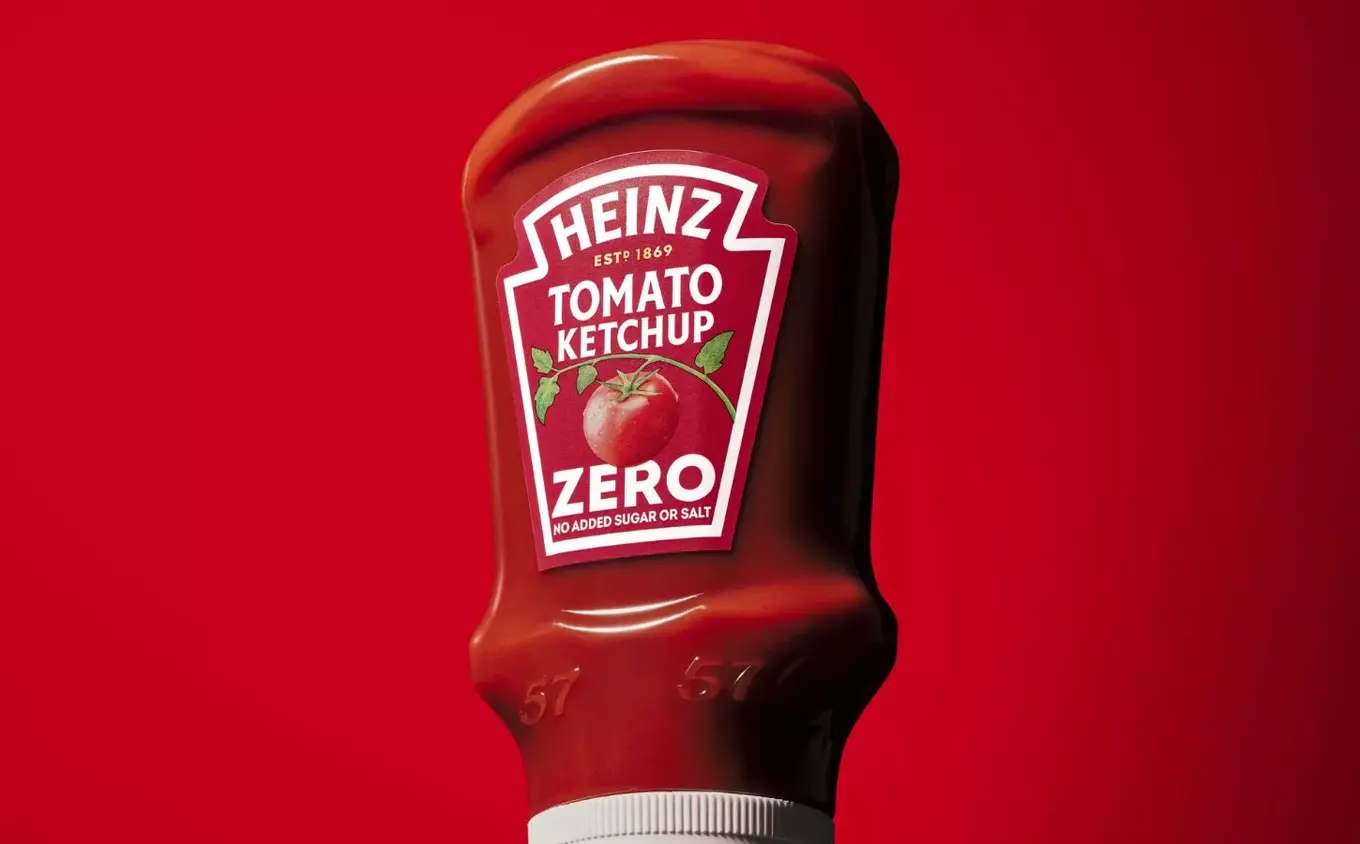 Heinz
Heinz
Alexandra Bayet, head of innovation for Tomato Ketchup in Europe, noted the challenge in crafting a flavor-forward version without relying on sugar or salt: “Consumers expect ‘zero’ products to fall flat on flavor—because ‘zero’ often means ‘less,’” she said. “We wanted to turn that on its head and create a ketchup that’s all about more of what you love, even with fewer ingredients.”
This isn’t a niche play. Heinz sells more than one thousand bottles of ketchup every minute globally, and in the UK alone, more than 12.7 million people consume its original ketchup. The new Tomato Ketchup Zero is already available in Sainsbury’s, with a nationwide rollout to other major retailers expected in July at a suggested price of £3.39 (approximately $4.58 USD).
BECOME A VEGNEWS VIP: Get exclusive product deals, freebies, and perks galore!
The health-forward ketchup fits into a much larger strategic shift: Kraft Heinz announced plans earlier this year to eliminate all artificial color additives from its US products by the end of 2027. The company is also on track to slash sugar across its global portfolio by more than 60 million pounds, targeting items like ketchup, barbecue sauce, and baked beans.
Nearly 60 percent of global consumers now check ingredient labels for artificial ingredients or sugar content before purchasing food products. And in the condiment aisle, where sweetness and sodium often dominate, the shift toward “free-from” options is accelerating. Condiments labeled with health claims—such as no added sugar or all natural—are outpacing conventional sauces in growth across both North America and Western Europe.
What Heinz is really bottling
Look closely, and what Heinz is doing isn’t just a product rollout—it’s a recalibration. The company is tapping into two emotional territories: routine and restraint. On one hand, there’s comfort food ritual—the diner breakfast, the nostalgic maple syrup bottle, the ketchup that always shows up at family brunch. On the other, there’s the stripped-down, ultra-modern ingredient list—fewer additives, more transparency, and functional nutrition.
What makes the moment interesting is that these aren’t mutually exclusive goals. Heinz is betting that it can be both nostalgic and progressive. That its legacy can evolve. That one brand can be the condiment of your childhood and still meet your Whole30-adjacent pantry goals.
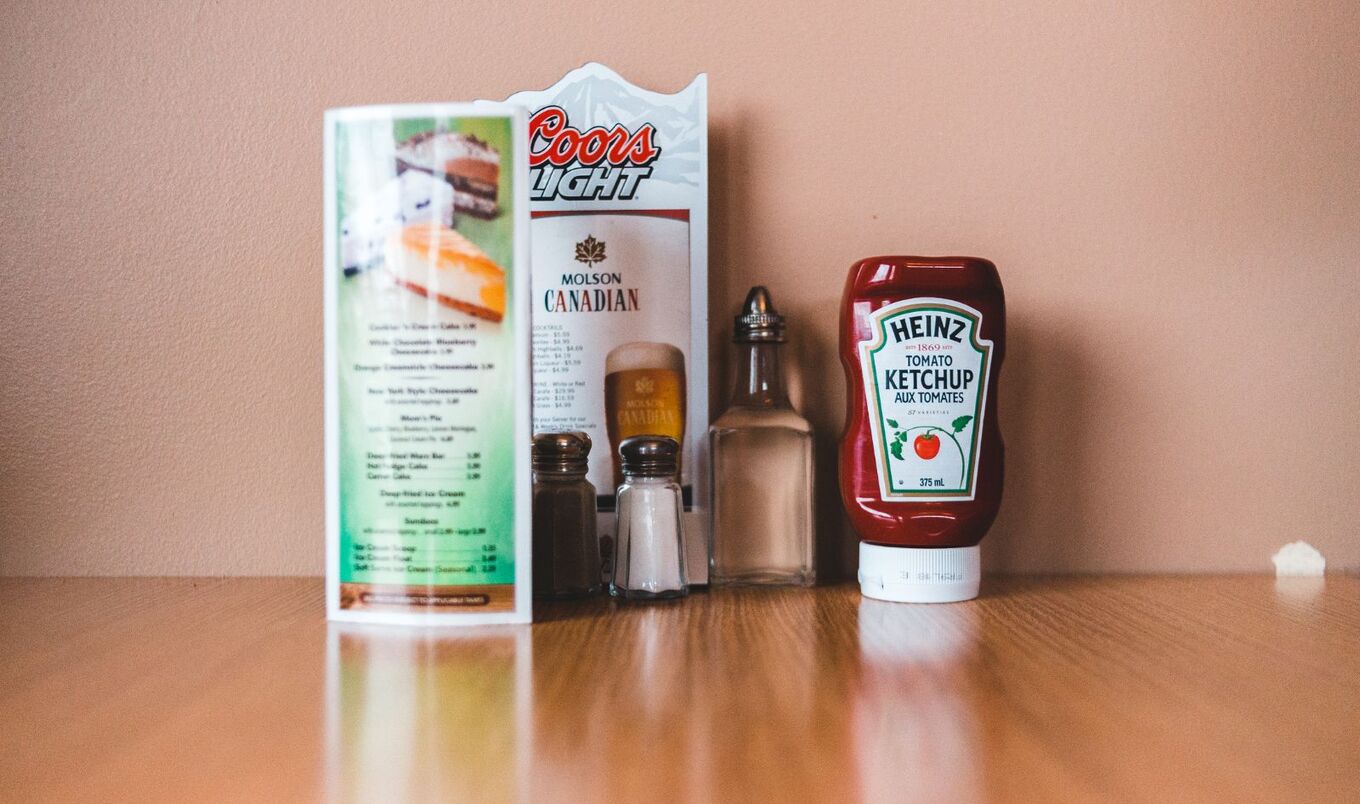 Erik Mclean | Pexels
Erik Mclean | Pexels
To be clear, this isn’t a pivot into health food. It’s not oat milk ketchup. It’s a recognition that ketchup doesn’t have to stay in its lane—or time period. And that’s where the branding becomes especially savvy. Breakfast Ketchup doesn’t pretend to be new; it plays on familiarity and timing. Tomato Ketchup Zero doesn’t try to reinvent the recipe; it doubles down on tomatoes. The brand is offering recontextualization, not reinvention.
As food culture continues to blur lines between meals and moments, and as ingredient consciousness becomes a baseline expectation, Heinz appears ready to meet both head-on, with its grip still firmly on that iconic glass (or plastic) bottle.
For more plant-based stories like this, read:
JUMP TO ... Latest News | Recipes | Guides | Health | Subscribe
